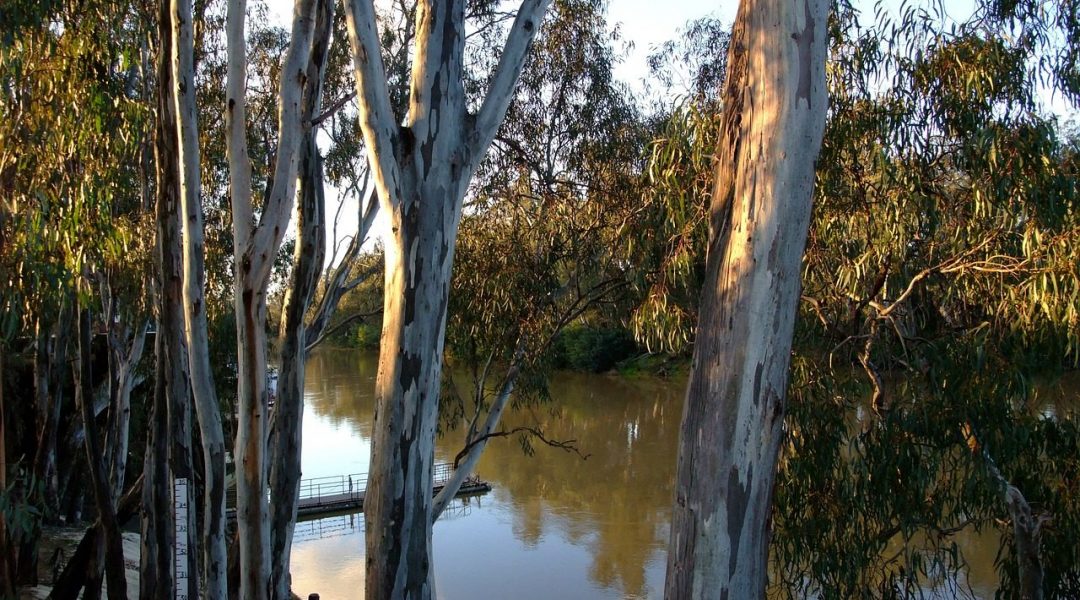Information about, and analysis of, how hydrological systems might respond to climate change is important for supporting best practice water planning decisions, including the need for new or altered management actions or infrastructure, and climate adaptation activities.
‘Hydroclimate metrics’ are quantitative indices that are intended to capture some feature of a hydrological system. These might be descriptors of seasonal low-flow, frequency-duration, or of changing seasonality in peak flows. When calculated over multiple years, they can track emerging properties or trends.
Developing projections for these hydroclimate metrics is fraught with conceptual as well as technical challenges. It may be relatively straightforward to generate numbers that represent future scenarios for water availability and hazards but evaluating their scientific credibility and fit-for-purpose is an entirely different matter. Difficulties can arise when metrics are calculated using streamflow derived from climate change simulations without considering the limitations of underpinning climate and hydrological modelling system. For instance, the hydrological model may have been calibrated using current climate inputs for catchment conditions that are very different from the projected system under climate change. Or the hydrological model may simply have been calibrated for a different set of metrics and not robustly represent the metric of interest. More fundamentally, metrics designed to capture, for example, the late season low-flows could shift from representing glacial melt to groundwater exfiltration. While the source of water may not have an obvious effect on water management, it may affect interannual variability or water quality, thus making a different metric more societally relevant in the future.
In the Advanced Review article “Robustness of hydroclimate metrics for climate change impact research” published in WIREs Water these issues are examined through a review of the types of hydrometrics that are most widely applied in climate change investigations, and an evaluation of whether these may or may not be appropriate for use under climate change. The article identifies and describes six types of metrics reflecting aspects of timing, magnitude, extreme value, duration, state, service and performance. When viewed in a climate change context, the credibility of these metrics, or their robustness, is not only influenced by the changing climate inputs, but also by their formulation (such as assumptions about stationarity and potential changes to seasonality). The decision-making context for which the use of the metrics are intended is also important, since rules and values that frame these decision processes are unlikely to remain the same in a future world.
While the task of measuring future hydrological change is certainly a complex one, it can be more easily navigated with knowledge of the most robust metrics. Overall, the article recommends that greater consideration be paid to the purpose of employing a metric and its component parts, to determine whether it is robust under climate change or whether another metric would be more appropriate.
Kindly contribued by Marie Ekström, Ethan D. Gutmann, Robert L. Wilby, Mari R. Tye, and Dewi G.C. Kirono.

















